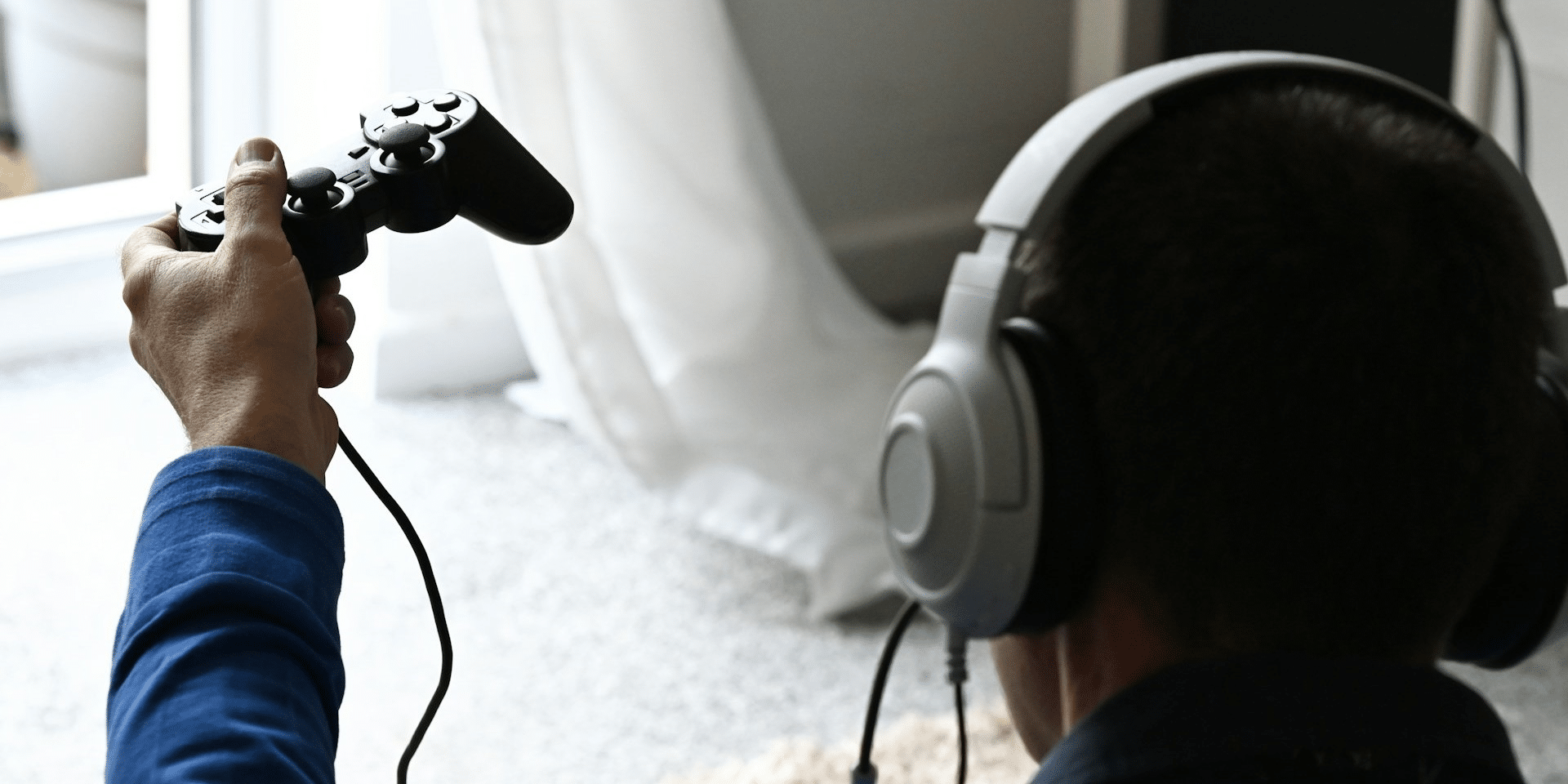We’ve all been there. Inbox overflowing, to-do list a mile long, and that nagging feeling you should be doing more, working faster, somehow fitting eight hours of work into a four-hour timeframe. This relentless “hustle” mentality might seem noble, but constantly stretching yourself out at work can have serious consequences. Here’s why taking a step back and re-evaluating your workload might be the most productive move you can make.
From Burning Bright to Burning Out: The Risks of Overwork
Imagine a rubber band. Stretch it too far, snap! That’s exactly what happens to humans who push themselves to the limit for too long. A significant correlation between overwork and burnout. Burnout isn’t just feeling tired; it’s a state of emotional, physical, and mental exhaustion. Symptoms include cynicism, decreased productivity, and even physical health problems like headaches, stomachaches, and trouble sleeping.
Here’s the kicker: constantly stretching yourself out at work doesn’t actually make you more productive. In fact, it can have the opposite effect. When you’re constantly stressed and overloaded, your focus suffers, your creativity dries up, and the quality of your work dips. You might be putting in long hours, but are you actually getting anything done? You might be making careless mistakes, missing deadlines, or simply going through the motions without any real engagement.
The dangers of overwork go beyond your individual performance. A constantly stressed-out team member creates a ripple effect, impacting team morale and overall workplace well-being. Imagine a designer who’s stretched too thin, missing deadlines on crucial projects and snapping at colleagues. Not exactly a recipe for a happy and productive team environment. Low morale leads to decreased collaboration, increased absenteeism, and ultimately, higher turnover rates. This constant churn of employees can be incredibly costly for businesses, not to mention disruptive to project timelines.
So, how do you avoid the burnout trap and the dangers of stretching yourself out? Here’s the not-so-secret secret: prioritize ruthlessly. Learn to say no to additional tasks if your plate is already full. It might feel counterintuitive, especially in a culture that glorifies overwork, but setting boundaries with your workload is crucial for maintaining your sanity and productivity. Talk to your manager about your workload and delegate tasks when possible. Remember, a burnt-out employee is not a helpful employee.
From Multitasking Myth to Mindful Management: Building Sustainable Work Habits
We all know the feeling – juggling ten tasks at once, feeling like a circus performer desperately trying to keep all the plates spinning. But here’s the thing: multitasking is a myth. Our brains aren’t designed to excel at switching between tasks rapidly. Each time you context switch, it takes your brain a significant amount of time to refocus and regain its previous level of efficiency. This constant back-and-forth can lead to decreased efficiency and increased errors.
The key to managing your workload effectively is to focus on deep work. This means carving out dedicated time slots in your calendar, free from distractions, to tackle complex tasks that require your full attention. Silence distractions, turn off notifications, close unnecessary browser tabs, and give your brain the space it needs to focus and perform at its peak. You’ll be surprised at how much more you can accomplish in a focused hour compared to a scattered eight.
Here’s another tip: schedule breaks! Our brains need downtime to recharge and consolidate information. Taking short walks, stretching, or even just staring out the window for a few minutes can make a world of difference in your focus and energy levels. Schedule breaks throughout your workday, step away from your desk, and allow your mind to wander. These short breaks will help you return to your work feeling refreshed and ready to tackle whatever challenges await.
Stretching yourself out at work might seem like a badge of honor, a sign of dedication, but it’s a recipe for disaster. By prioritizing effectively, focusing on deep work, and scheduling breaks, you can avoid the burnout trap and become a more productive, focused, and ultimately, happier employee.
Remember, your well-being is not a luxury; it’s the foundation for sustainable success. So, take a deep breath, step back from that ever-growing to-do list, and prioritize what truly matters. Your brain, your body, and your work will thank you for it.
After all, a happy and healthy employee is a more engaged employee, and an engaged employee is a more innovative and productive employee. Companies that prioritize employee well-being and discourage the “hustle” mentality are the ones that will thrive in the long run. They’ll attract and retain top talent, foster a culture of creativity and collaboration, and ultimately, achieve better business results.
So, the next time you feel the urge to stretch yourself out beyond your capacity, take a moment to pause and reassess. Is this task truly essential? Can it be delegated or rescheduled? Remember, working smarter, not harder, is the key to long-term success. Prioritize your well-being, focus on deep work, and create sustainable work habits that will allow you to thrive in your career without sacrificing your health or happiness. After all, a fulfilling and balanced life is the ultimate reward for your hard work.














